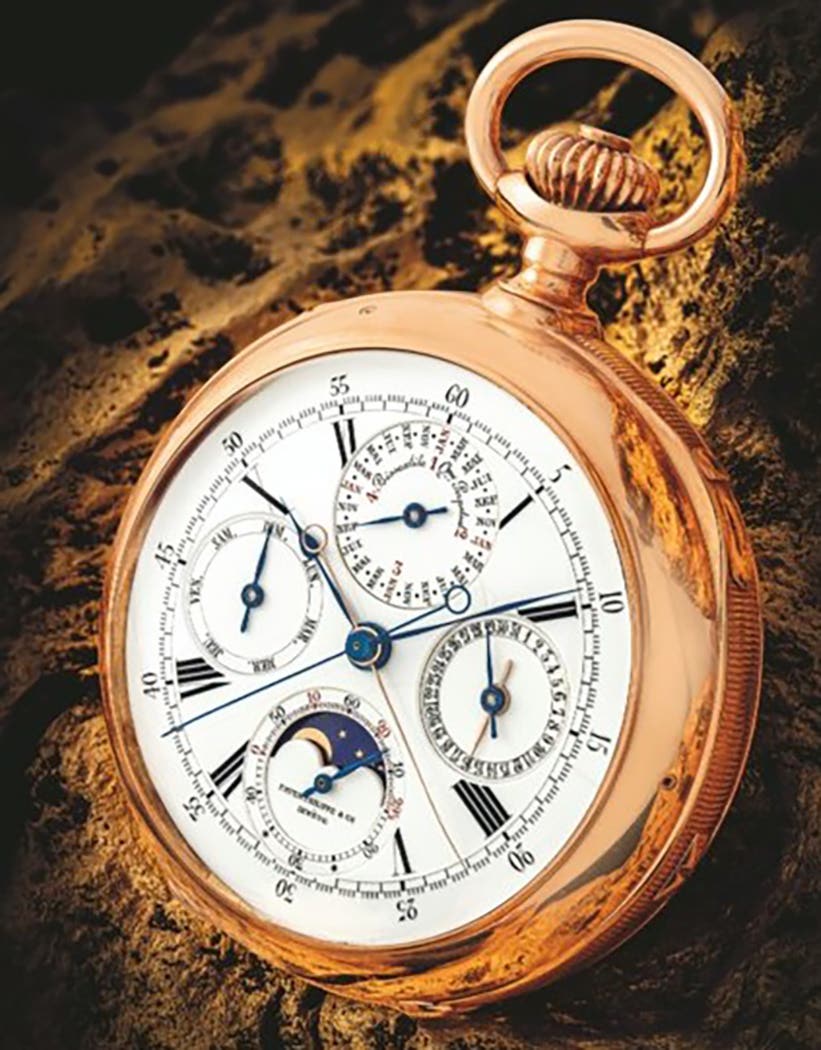Masterpiece gets high-tech restoration
AMSTERDAM (AP) — Researchers and restorers at Amsterdam’s Rijksmuseum launched a months-long restoration project in early July, using high-tech imaging technology to throw new light on Rembrandt’s masterpiece, “The Night…
AMSTERDAM (AP) — Researchers and restorers at Amsterdam’s Rijksmuseum launched a months-long restoration project in early July, using high-tech imaging technology to throw new light on Rembrandt’s masterpiece,
“The Night Watch.”
Working in a specially designed glass chamber, researchers at the museum are undertaking a painstaking examination and restoration of the huge portrait of a 17th-century civil militia. Art lovers around the world can follow the project online at www.rijksmuseum.nl/en/nightwatch.
“This is the first time that we can actually make a full body scan and that we can discover which pigments he used not only through making little samples but with scanning the entire surface,” said the museum’s general director, Taco Dibbits. “We don’t know much about how Rembrandt made this painting. And now we hope to discover more and really get a glimpse into the kitchen of the artist.”
Dating back to 1642, the painting last underwent significant restoration 40 years ago after it was slashed by a knife-wielding man and is starting to show blanching in parts of the canvas.
The painting is massive. At nearly 12-1/2 feet tall and 15 feet wide, it weighs 743 pounds. The restoration project is estimated to cost $3.4 million. It has undergone many retouches and restorations in the past and some of the later additions are starting to fade.
Before the latest restoration began, experts photographed and scanned the painting to evaluate its condition. They will build a detailed digital picture by merging 12,000 separate images as well as using X-ray technology to peer through the surface.
“Each type of technique will give us some information that we then need to put together and interpret all the information together and what that means for the painting,” said Petria Noble, Head of Paintings Conservation at the Rijksmuseum.
More than 2 million people each year visit the Rijksmuseum, which has the world’s largest collection of Rembrandt works. The Golden Age master is known for his innovative use of light and rebellious compositions. Painted over several years, “The Night Watch” was commissioned as a group portrait of an Amsterdam city militia and broke new ground by showing its subjects in action rather than as a static portrait.
The restoration project comes in a year that marks the 350th anniversary of the artist’s death in 1669 and is part of a “Year of Rembrandt” at the museum








